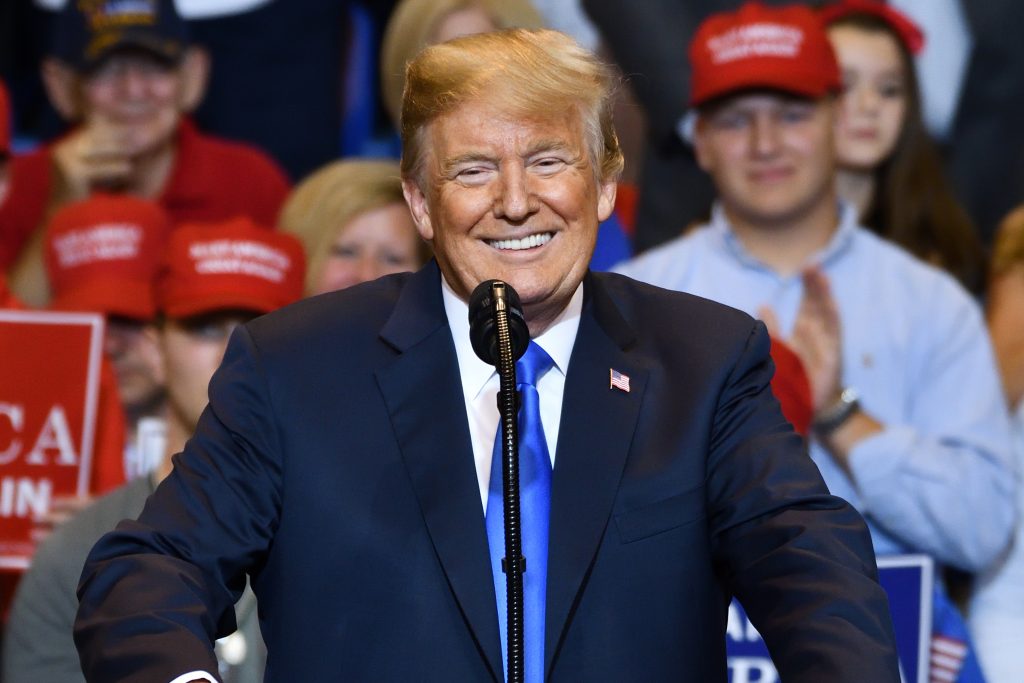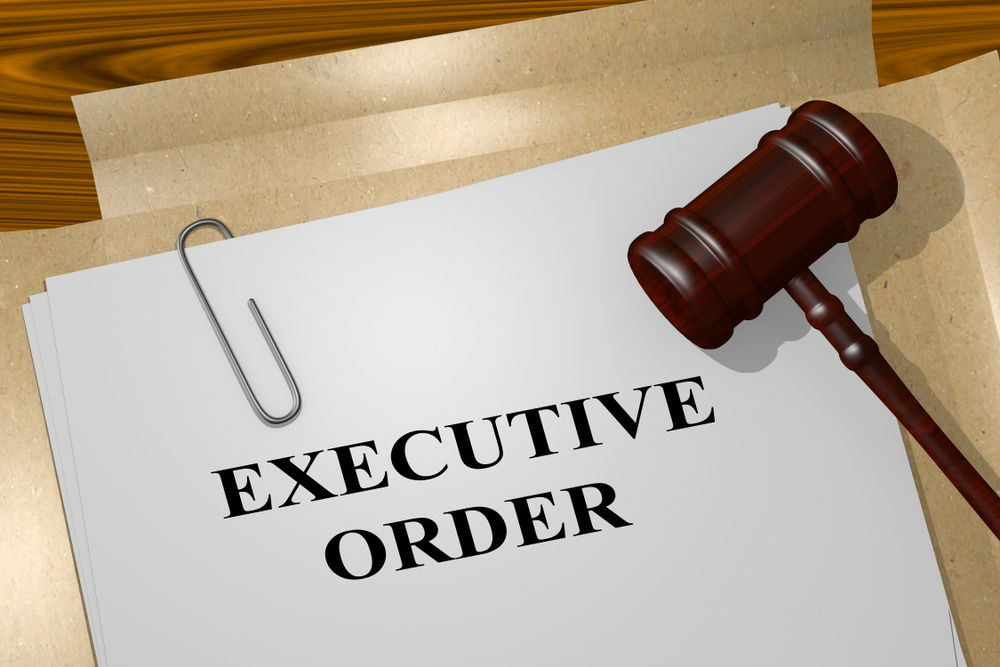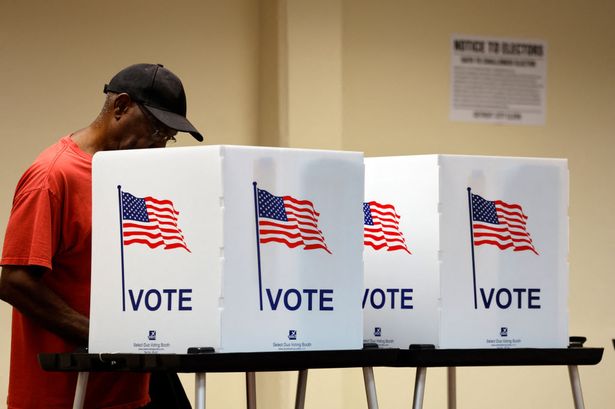Your cart is currently empty!
Trump Vows to End Use of Mail-in Ballots Ahead of 2026 Midterm Election

For more than two centuries, American elections have been defined by their evolution expanding from a system where only a small fraction of the population could vote to one in which tens of millions now cast ballots through the mail, at drop boxes, or in early-voting centers. That diversity of methods has been celebrated as a hallmark of accessibility. Yet it has also become one of the most polarizing flashpoints in modern politics.
President Donald Trump’s latest vow to eliminate mail-in ballots and electronic voting machines ahead of the 2026 midterms is the newest chapter in this ongoing struggle over how Americans choose their leaders. The pledge, framed as a crusade for “honesty” in elections, raises a fundamental question: can a president reshape the mechanics of democracy with the stroke of a pen, or does such a move collide with the very constitutional guardrails designed to keep elections in the hands of the states?
Legal and Constitutional Barriers
At the heart of Trump’s proposal lies a fundamental legal hurdle: the U.S. Constitution vests authority over elections not in the presidency, but in the states and, in limited circumstances, Congress. Article I, Section 4 the Elections Clause makes clear that state legislatures control the “times, places, and manner” of federal elections, with Congress retaining the power to override those rules. The president, however, plays no role in this framework.
Election law experts across the political spectrum have emphasized that any executive order attempting to ban mail-in voting or electronic tabulators would face immediate and likely insurmountable legal challenges. “The President has no power constitutionally to dictate to states the manner in which they conduct national elections,” explained Richard Pildes, a professor at New York University Law School. Wendy R. Weiser, vice president for democracy at the Brennan Center for Justice, described Trump’s claim of presidential authority as “the exact opposite of what the Constitution says and allows.”
Past attempts reinforce this reality. Earlier in 2025, Trump signed an executive order requiring stricter identification for mail ballots and proof of citizenship for voter registration. That order was swiftly blocked by the courts after lawsuits from multiple Democrat-led states. Legal scholars say the same fate would almost certainly await any attempt to unilaterally outlaw mail voting or machines.
Even some Republicans have echoed these constitutional limits. Former Alabama Secretary of State John Merrill underscored that election administration is a “state’s rights” issue, while Senate Republican leader Mitch McConnell wrote in the Wall Street Journal that “no public mandate, real or perceived, lets Washington tamper with this authority.” These warnings highlight the bipartisan recognition that the president cannot simply upend election practices nationwide without Congress and the courts having their say.
Mail-In Voting in U.S. Elections: Background and Trends

Mail-in voting, often framed as a new or unusual practice in recent debates, is in fact a long-established feature of American democracy. Absentee ballots have been used since the Civil War, originally to allow soldiers to cast votes while serving away from home. Over time, states expanded the system to accommodate overseas military personnel, citizens living abroad, and eventually broader populations seeking more accessible ways to participate in elections. Today, every U.S. state offers some form of absentee or mail-in option, though the rules vary widely.
The method gained unprecedented prominence in 2020, when the COVID-19 pandemic led states to expand mail ballot access dramatically. That year, more than 43 percent of voters cast ballots by mail, according to the U.S. Election Assistance Commission. In some battleground states, Democrats used the option at significantly higher rates than Republicans, a partisan imbalance that fueled Trump’s claims of fraud despite extensive evidence showing otherwise.
By 2024, as pandemic-related expansions receded, mail voting decreased. Commission data shows that roughly three in ten voters cast their ballots through the mail in the general election, compared to more than two-thirds who voted in person. Still, the practice remains integral, especially in states like Colorado, Washington, and Oregon, where all-mail elections are standard and regarded by officials as both secure and efficient. Even Republican-led states such as Florida have embraced mail-in ballots as a means of boosting participation.
Trump himself has a complicated history with the system: he has repeatedly voted by mail in past elections, and during the 2024 presidential race, he even encouraged his supporters to do the same. Yet his rhetoric since 2020 has portrayed mail voting as inherently corrupt, creating a tension between his personal use of the method and his public push to dismantle it.
Political Strategy and Partisan Dimensions

Trump’s call to abolish mail-in ballots and voting machines is as much a political strategy as it is a policy proposal. Mail-in voting, once a tool embraced by Republicans for its convenience and ability to mobilize reliable voters such as seniors and military personnel, has shifted dramatically in its partisan alignment. During the 2020 election, Democrats embraced mail voting in large numbers amid the pandemic, while Republicans increasingly favored in-person voting. In states that tracked party affiliation, the gap was stark: in Pennsylvania, for example, 64 percent of mail ballots came from Democrats compared with just 23 percent from Republicans.
This disparity has fueled Trump’s argument that Democrats benefit disproportionately from mail-in voting, casting it as a threat to Republican electoral success. His rhetoric urging Republicans to “get tough” reflects not only his personal mistrust of the system but also a broader GOP strategy aimed at reshaping the rules of participation. Alongside calls to limit mail voting, Trump and his allies have pressed Republican-controlled legislatures to redraw congressional districts in their favor, extending the fight over elections beyond how votes are cast to how they are counted politically.
Yet this push reveals internal divisions within the Republican Party. While Trump frames his campaign against mail-in voting as essential for securing future GOP victories, leaders in states like Florida continue to promote it as a safe and effective option. Party strategists worry that demonizing the practice could discourage Republican voters from using a method that, when mobilized, could actually strengthen their turnout as Trump himself acknowledged when he encouraged early voting in 2024.
Ultimately, the attack on mail-in ballots has become a rallying cry in the broader culture war over election integrity, energizing Trump’s base while alienating moderates and sparking concern among officials charged with administering elections. It positions the 2026 midterms not only as a contest over policy but also as a referendum on the very mechanics of American democracy.
International Comparisons and Global Context

In making his case against mail-in voting, Trump has repeatedly claimed that the United States is “the only country in the world” to permit such a practice. That assertion, however, does not withstand scrutiny. Research by the Sweden-based International Institute for Democracy and Electoral Assistance shows that nearly three dozen democracies from Canada and Germany to South Korea allow some form of postal voting. What varies is the scope: while some nations restrict absentee ballots to citizens abroad or to those who can demonstrate a specific need, others, like Switzerland, extend the option widely to their populations.
These examples reveal a broader truth: mail-in voting is not an American anomaly but a widely accepted feature of modern democracies. Many governments pair it with robust safeguards such as signature verification, voter ID requirements, or secure ballot tracking systems. International election observers generally regard postal voting as a legitimate, secure mechanism when properly administered.
Trump’s reliance on foreign validation, notably citing Russian President Vladimir Putin’s agreement that mail-in ballots are flawed, highlights the political theater surrounding the debate. Yet Putin himself has overseen elections in Russia that international watchdogs routinely dismiss as neither free nor fair, making such an endorsement a questionable benchmark for democratic practice.
By contrast, American states with mature vote-by-mail systems, such as Oregon and Colorado, have become global examples of how postal voting can be both secure and efficient. Their methods combining paper trails, signature verification, and post-election audits are often cited by experts as among the most transparent in the world. In this context, Trump’s claim of American exceptionalism on mail voting appears less a factual observation and more a political talking point aimed at stoking skepticism at home.
Potential Consequences for the 2026 Midterms

If pursued, a blanket ban on mail-in ballots and voting machines would collide first with the courts, then with the calendar. Similar election-related executive actions this year were promptly enjoined after suits by multiple states, a pattern legal scholars expect to repeat given the Constitution’s delegation of election administration to the states and, in limited cases, Congress. Civil rights groups and state officials including those in states that conduct elections primarily by mail have already signaled they would sue, making any nationwide change unlikely to take effect before the 2026 primaries.
Even setting litigation aside, the operational lift would be extraordinary. State and local officials would need to rewrite procedures, expand and staff far more in-person polling places, procure and test additional equipment, and train thousands of poll workers all on compressed timelines. Analysts note that replacing machine tabulation with widespread hand counts would slow results, increase costs, and reduce accuracy; most voters already mark paper ballots that are audited and counted by certified machines, and research has found hand counts to be less reliable than machine tabulation. In short, the effort would introduce delays and complexity precisely when jurisdictions are trying to streamline election logistics.

Voter access would also shift unevenly. States such as Colorado, Oregon, and Washington where voting by mail is the norm would face wholesale redesigns of their systems. Military and overseas voters, who depend on postal voting, could be disproportionately affected. And while Democrats have used mail voting at higher rates since 2020, Republicans made gains in 2024 and some GOP-led states (notably Florida) continue to tout mail ballots as secure and convenient. Curtailing the option could therefore yield mixed partisan effects potentially depressing turnout among habitual mail voters across both parties while creating confusion for infrequent voters.
Politically, the attempt risks further eroding confidence in election administration. Election law experts and good-governance advocates warn that sweeping, late-stage rule changes especially those framed in starkly partisan terms can destabilize public trust and invite post-election disputes. As one right-of-center governance analyst observed, even mechanical restrictions on mail voting would require major investments in in-person capacity to avoid long lines and bottlenecks investments that are difficult to execute quickly. The likeliest near-term outcome is a patchwork of legal fights, divergent state responses, and a prolonged debate over rules that distracts from the routine, verifiable safeguards already in place.
Trust, Power, and the Future of U.S. Elections
Trump’s vow to end mail-in ballots and voting machines ahead of the 2026 midterms underscores how deeply divided the nation has become over the mechanics of voting itself. While his pledge resonates with supporters who view alternative voting methods with suspicion, it faces overwhelming constitutional and logistical barriers. For state officials, election experts, and courts, the debate is less about partisan gain and more about preserving long-established systems that balance access with security.
The larger question extends beyond any single executive order: how can Americans maintain faith in an electoral process increasingly politicized from both sides? Mail-in ballots and electronic tabulators are not flawless, but decades of use, rigorous audits, and international comparisons demonstrate their reliability. Efforts to dismantle them risk doing more harm to public confidence than to actual vulnerabilities.
As the 2026 midterms draw closer, the battle over voting methods will test not only the boundaries of presidential authority but also the resilience of the democratic system itself. In that sense, the controversy is less about ballots and machines than about whether the United States can sustain trust in the institutions that arbitrate its most fundamental civic act: the right to vote.
